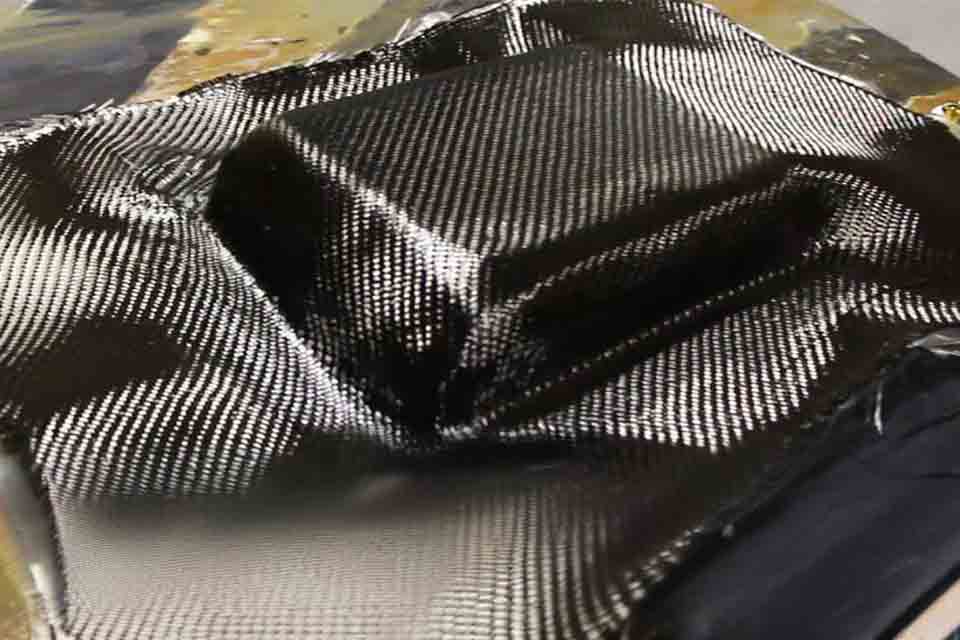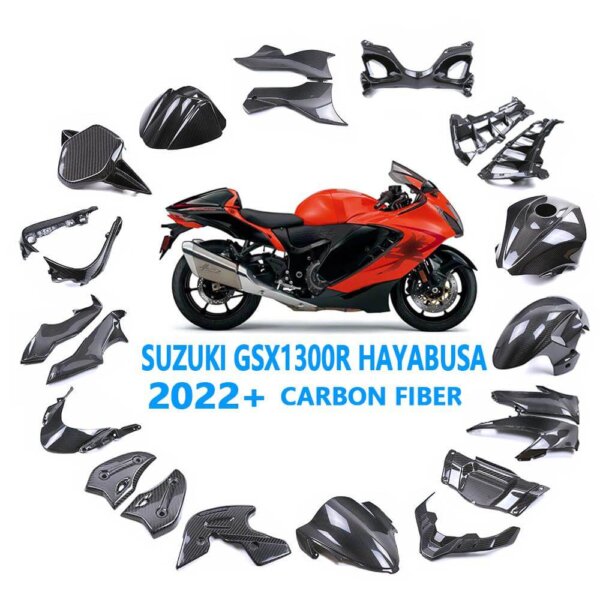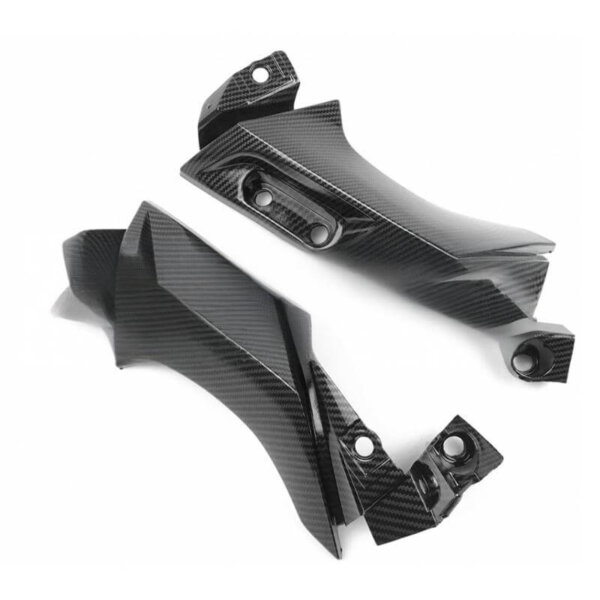Hoe maak je koolstofvezel: 10 eenvoudige stappengids
Wat is koolstofvezel?
Koolstofvezel is een sterk en licht materiaal. Het is gemaakt van dunne strengen koolstof. Deze strengen zijn zelfs dunner dan een menselijke haar! Koolstofvezel (ook zo gespeld) wordt gebruikt om auto's, fietsen, vliegtuigen en sportuitrusting te maken.
"Koolstofvezel is vijf keer zo sterk als staal, maar weegt veel minder. Dit maakt het perfect voor dingen die zowel sterk als licht moeten zijn." - Ingenieur-expert
Waarom koolstofvezel gebruiken?
Koolstofvezel heeft veel goede punten:
- Het is erg sterk
- Het is erg licht
- Het roest niet
- Het kan op veel manieren worden gevormd
- Het ziet er cool uit
Dit is de reden waarom veel mensen koolstofvezel maken onderdelen voor auto's, fietsen en andere dingen.
Wat je nodig hebt om koolstofvezel te maken
Om te werken met koolstofvezelheb je deze gereedschappen en materialen nodig:
| Hulpmiddelen | Materialen |
|---|---|
| Schaar | Stof van koolstofvezel |
| Handschoenen | Epoxyhars |
| Mengbekers | Was loslaten |
| Mengstaafjes | Gietvorm |
| Borstel | Plastic blad |
| Klem | Schuurpapier |
Basisstappen om koolstofvezelonderdelen te maken
1. Plan uw project
Voordat je begint met koolstofvezelJe moet weten wat je wilt maken. Begin met eenvoudige vormen. Grote of harde vormen kunnen tijdrovend.
2. Maak of koop een mal
De gietvorm is wat je koolstofvezel onderdelen hun vorm. Dat kan:
- Koop een kant-en-klare gietvorm
- Maak er een van hout
- Gebruik een oud onderdeel als je gietvorm
Neerzetten ontharingswas op jouw gietvorm dus de koolstofvezel zal zich er niet aan houden.
3. Knip de koolstofvezelstof
Stof van koolstofvezel wordt geleverd in vellen met verschillende weven soorten. De meest voorkomende is een keper patroon. Knip de stof op maat voor je gietvorm plus een beetje meer rond de randen.
4. Meng de hars
Epoxyhars is wat de koolstofvezel hard en sterk. De meeste hars komt als een tweedelig mix:
- Giet deel A en deel B in een kopje
- Meng goed maar niet te snel (om luchtbellen)
- Gebruik het snel, want het zal hard worden.
Wees veilig! Draag handschoenen wanneer je werkt met hars.

5. Maak de koolstofvezel nat
Nu komt de natte lay-up stap:
- Zet je koolstofweefsel op een vlakke plek
- Gebruik een borstel om nat de stof met hars
- Zorg ervoor dat alle koolstofvezel wordt nat
- Gebruik niet te veel hars - net genoeg om nat alle vezel
6. Plaats op de mal
Zet de nat koolstofvezel op jouw gietvorm:
- Begin bij één uiteinde en strijk het glad
- Duw alle luchtbellen
- Voeg meer lagen toe als je een sterker deel nodig hebt
- Elke nieuwe laag maakt deel uit van de lay-up
7. Extra hars verwijderen
Te veel hars maakt je onderdeel zwaar en niet zo sterk. Gebruik een plastic gereedschap om extra hars.
8. Druk uitoefenen
Je moet comprimeren de koolstofvezel als het droogt:
- Gebruik een vacuümzak methode
- Of gebruik klem en vlakke planken
- Of probeer vacuüminfusie voor grote onderdelen
9. Laat het genezen
Nu wacht je op de hars naar genezing:
- Controleer uw hars vak voor genezing tijd
- De meeste hebben 24 uur nodig bij kamertemperatuur
- Houd het onderdeel stil terwijl het geneest
- Sommige mensen gebruiken hitte en druk naar genezing sneller
10. Verwijderen uit de mal
Na de hars is volledig hard:
- Verwijder wikkels of zakken
- Trek voorzichtig aan de afgewerkt onderdeel van de gietvorm
- Trim de ruwe randen
- Schuur alle plekken die glad moeten zijn
Soorten koolstofvezel
Niet allemaal koolstofvezel is hetzelfde. Dit zijn de belangrijkste soorten:
- PAN (gemaakt van polyacrylonitril)
- Pek (gemaakt van olie)
- Rayon (nu minder gebruikelijk)
De meeste thuisgebruikers werken met PAN-gebaseerde koolstofvezel.
Verschillende manieren om koolstofvezel onderdelen te maken
Er zijn een paar belangrijke manieren om te werken met koolstofvezel. Hier zijn ze, van eenvoudig naar moeilijk:
Natlakken
Dit is wat we zojuist hebben besproken. Het is de meest gebruikelijke manier voor thuisgebruikers om koolstofvezel onderdelen maken.

Pre-preg methode
Voor-zwanger of voorgeïmpregneerd koolstofvezel wordt geleverd met hars die er al in zit. Het moet:
- Blijf koud tot je het gebruikt
- Verwarmd worden tot genezing
- Heeft vaak een autoclaaf (een grote hete oven)
Dit is hoe veel pro koolstofvezel versterkt onderdelen worden gemaakt.
Vacuüm infusie
Met deze methode:
- De droge koolstofvezelstof wordt op de gietvorm
- Het is verzegeld in een zak
- Lucht wordt weggezogen
- Hars wordt naar infuseren alle vezel
Dit is goed voor grote onderdelen en kan zeer sterke resultaten geven.
Echte koolstofvezel vanaf nul maken
De bovenstaande stappen laten zien hoe je kunt werken met koolstofvezelstof die al gemaakt is. Maar hoe koolstofvezel zelf wordt gemaakt? Hier is de productie koolstofvezel proces:
- Begin met een polymeer leuk vinden polyacrylonitril
- Trek het in dunne gloeidraad snaren
- Verwarm deze snaren op hoge temperatuur zonder lucht
- Dit verandert de strings in koolstof
- De koolstofvezel begint uit als single streng vezels
- Dit zijn geweven in een stof
Dit moet specialistische apparatuur en wordt gedaan in fabrieken.
Veiligheidstips bij het werken met koolstofvezel
Werken met koolstofvezel kan leuk zijn, maar je moet wel veilig zijn:
- Draag handschoenen bij het aanraken hars
- Draag een masker om inademen te voorkomen koolstofvezelstof
- Werk in een ruimte met een goede luchtstroom
- Houd voedsel uit de buurt van je werkplek
- Ruim gemorste vloeistof meteen op
Projecten om te proberen
Als je leren hoe je koolstof maakt onderdelen, begin klein:
- Een eenvoudige vlakke plaat
- Een telefoonhoesje
- Een kleine doos
- Een fietsonderdeel
Naarmate je beter wordt, kun je complexere koolstofvezel onderdelen.
Veelgemaakte fouten om te vermijden
Veel mensen maken deze fouten:
- Te veel gebruiken hars
- Niet alle luchtbellen uit
- Haastig zijn tijdens genezing tijd
- Een onderdeel te dun en te zwak maken
- Een te complexe vorm proberen voor jouw vaardigheidsniveau
Hoe koolstofvezel zich verhoudt tot andere materialen
Hoe werkt koolstofvezel stapelen op andere technische materialen?
| Eigendom | Koolstofvezel | Aluminium | Staal | Plastic |
|---|---|---|---|---|
| Gewicht | Zeer licht | Licht | Zwaar | Licht |
| Treksterkte | Zeer hoog | Medium | Hoog | Laag |
| Samenpersend kracht | Medium | Medium | Hoog | Laag |
| Buiging kracht | Hoog | Medium | Medium | Laag |
| Modulus | Hoog | Medium | Hoog | Laag |
| Kosten | Hoog | Medium | Laag | Zeer laag |
Waar koolstofvezel wordt gebruikt
Koolstofvezel wordt op veel plaatsen gebruikt waar een lichtgewicht materiaal is nodig:
- Lucht- en ruimtevaart onderdelen voor vliegtuigen
- Automobiel race onderdelen
- Sportartikelen zoals tennisrackets en golfclubs
- Fietsen en fietsonderdelen
- Medische hulpmiddelen
- Muziekuitrusting
Geavanceerde Koolstofvezelmethoden
Als je echt in koolstofvezel productiezou je kunnen proberen:
- Een CNC om nauwkeurige mallen te maken
- Maken hoge prestaties onderdelen met speciale lay-up patronen
- Andere materialen toevoegen om composietmaterialen
- Verschillende soorten hars leuk vinden polyesterhars of thermoharder typen
Laatste gedachten
Dingen maken met koolstofvezel kan leuk en lonend zijn. Begin eenvoudig, wees geduldig en al snel zul je verbazingwekkende koolstofvezel onderdelen!
De complexiteit van het onderdeel bepaalt hoe moeilijk het is om te maken. Met wat oefening kun je kosteneffectief en koel afgewerkt product items die zowel sterk als licht zijn.
Wilt u meer weten? Bezoek onze composiet op maat pagina of bekijk onze gids over hoe maak je een koolstofvezelmal.
Klaar om te beginnen? Haal benodigdheden uit onze koolstoffabriek of lees meer over je eigen koolstofvezel onderdelen maken.
Bel ons/Whatsapp: +86 13626191009
E-mailadres: [email protected]




